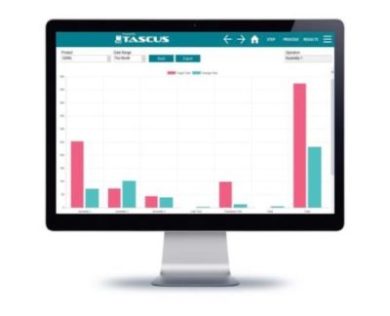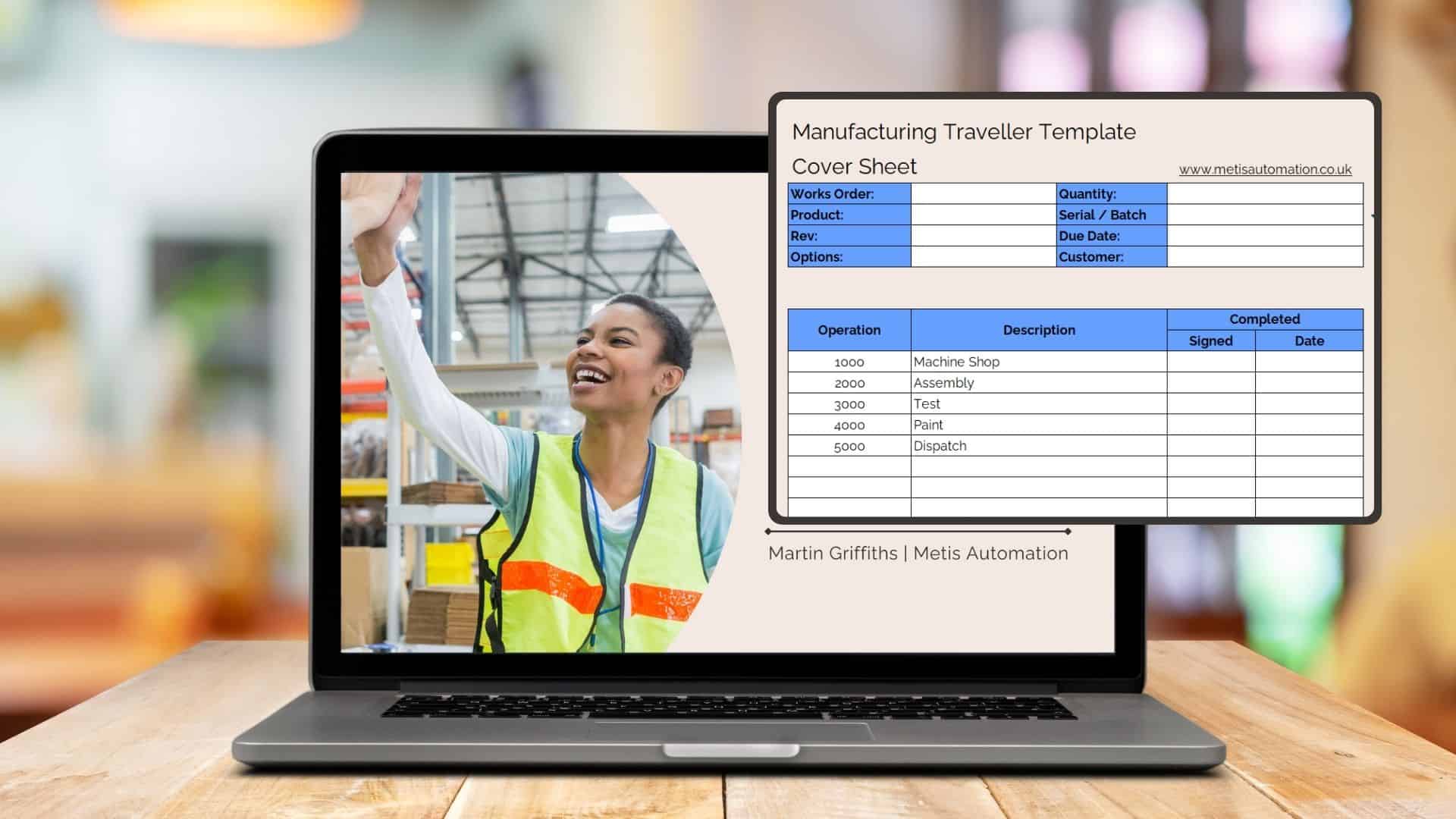To improve profits, manufacturers need to keep tight control of material and labour costs. When jobs are estimated and quoted to customers, they are based on standard labour times for each manufacturing process. But when products are moving through your factory, how do you know how accurate the time estimates are? And, if they were not accurate, how do you go about identifying the cause of the problem? It could be that certain operators are slower than others. There could also be process design problems, shortage of components or 101 other possible problems.
In this article, I’ll explore a few options for how manufacturers keep track of labour costs and improve profits.
Time & Motion Studies
The classic way to establish labour times is to perform a time and motion study.

These are great, as they allow a process to be broken down into small steps and accurate times measured for each operation. However, because they are so manual and labour intensive, they tend to be performed infrequently. This means you are not capturing your actual performance. You may see that it is taking longer than expected to manufacture your products, but there will be no data readily available to help diagnose what or who is causing this.
Job Clocking
Another way to record labour times is to use a time tracking system. However, this often creates a disjointed and interrupted manufacturing process. I’ve seen many instances of an operator finishing a set of operations, then walking across the shop floor to a central clocking PC terminal to record the end of one process and the start of another. This disruption of the manufacturing process tends to lead to only tracking high-level operations times.
Time & Motion 2.0
Modern digital work instruction software guides operators through each manufacturing step using visual work instructions and prompts. Consequently, it is possible to get accurate, detailed and granular operation time tracking for free in your manufacturing process.
Each process step is timed automatically from when the operator sees the work instruction, to after they’ve completed and moved onto the next instruction. This allows you to see the top-level operation times, but also to drill down to the detailed steps in each process. As each user will log in to the system when building, you will also be able to filter our labour time reports by operator – therefore easily seeing if someone is taking longer than usual, and is a candidate for process training.
Conclusion
To improve profits in a manufacturing business, it is critical to keep tight control of materials and labour costs. By using a modern solution for guiding operators through production processes and capturing production data, you can get real-time labour information sent straight to you.
Unleash the Power of Digital Manufacturing
Download our free Digital Transformation Starter Kit to set the gold standard for operational clarity and excellence.






